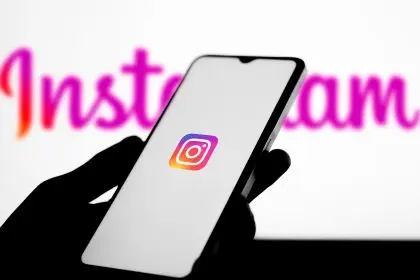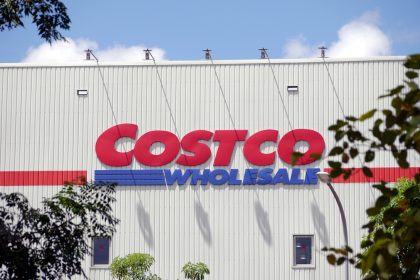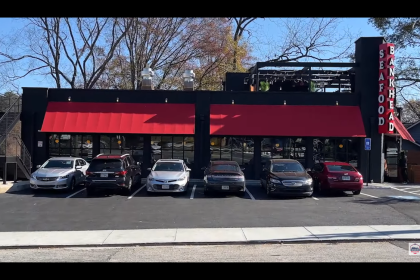In today’s competitive market, businesses constantly seek innovative ways to attract and retain customers. A well-structured sales funnel can be the cornerstone of this effort, guiding potential clients from initial awareness to final purchase. Creating demand for the funnel side of your business is crucial in this process. This article delves into essential strategies and insights to help you generate interest and drive traffic through your sales funnel, ultimately leading to increased conversions and business growth.
Understanding the sales funnel
A sales funnel represents the customer journey from the first interaction with your brand to the final purchase. It consists of several stages, including:
- Awareness: Potential customers become aware of your product or service.
- Interest: They express interest and seek more information.
- Consideration: They evaluate your offering against competitors.
- Intent: They show intent to purchase.
- Purchase: They complete the transaction.
- Loyalty: They return for repeat purchases or advocate for your brand.
Each stage requires tailored strategies to engage and nurture leads, making demand creation critical at every step.
Creating awareness: The top of the funnel
Creating demand begins with generating awareness about your brand. This is the top of the funnel, where you cast a wide net to attract potential customers. Effective strategies include:
Content marketing:
- Blogging: Regularly publish high-quality, informative blog posts that address your audience’s pain points and interests.
- Social media: Leverage platforms like Facebook, Instagram, LinkedIn, and Twitter to share engaging content and interact with your audience.
- Videos and webinars: Create compelling videos and host webinars to showcase your expertise and build trust.
Search engine optimization (SEO):
- Keyword research: Identify relevant keywords and incorporate them into your content to improve search engine rankings.
- On-page SEO: To enhance visibility, optimize your website’s pages, including meta descriptions, headers, and image alt texts.
- Backlinks: Build a network of quality backlinks to increase your site’s authority.
Paid advertising:
- Google ads: Utilize targeted ads to appear in search results when potential customers look for related products or services.
- Social media ads: Run ads on social media platforms to reach a broader audience.
Engaging interest: The middle of the funnel
Once you’ve captured attention, the next step is maintaining and deepening that interest. This is the middle of the funnel, where potential customers seek more information and begin to consider your offering.
Email marketing:
- Newsletters: Send regular newsletters with valuable content, updates, and promotions.
- Automated campaigns: Use email automation to send personalized messages based on user behavior and preferences.
Lead magnets:
- E-books and whitepapers: Offer downloadable resources in exchange for contact information.
- Free trials and demos: Provide a taste of your product or service to entice potential customers.
Social proof:
- Testimonials and reviews: Showcase positive feedback from satisfied customers.
- Case studies: Highlight success stories that demonstrate the effectiveness of your product or service.
Driving consideration and intent: The bottom of the funnel
At this stage, potential customers evaluate their options and intend to purchase. Your goal is to convince them that your offering is the best choice.
Personalized content:
- Product comparisons: Create detailed comparisons between your product and competitors.
- FAQ pages: Address common questions and concerns to alleviate any doubts.
Retargeting ads:
- Abandoned cart emails: Send reminders to users who left items in their cart.
- Retargeting campaigns: Use ads to re-engage visitors who showed interest but did not convert.
Sales promotions:
- Discounts and offers: Provide limited-time discounts or special offers to encourage purchase.
- Bundles and packages: Offer value-added bundles to increase the perceived value.
Sealing the deal: The purchase stage
Converting leads into customers is the primary goal of your sales funnel. Ensure a seamless and satisfying purchase experience by focusing on:
User experience (UX):
- Website optimization: Ensure your website is user-friendly, mobile-responsive, and fast-loading.
- Simplified checkout process: Minimize steps and provide multiple payment options to reduce friction.
Customer support:
- Live chat: Offer real-time assistance to address any last-minute concerns.
- Support documentation: Provide comprehensive guides and support materials.
Building loyalty: Post-purchase engagement
The journey doesn’t end with the purchase. Building long-term relationships and encouraging repeat business is essential for sustained success.
Customer onboarding:
- Welcome emails: Send a series of emails to help new customers get started and make the most of their purchase.
- Tutorials and guides: Offer instructional content to ensure customer satisfaction.
Loyalty programs:
- Rewards programs: Implement a rewards program to incentivize repeat purchases.
- Referral programs: Encourage customers to refer friends and family for additional benefits.
Ongoing engagement:
- Follow-up surveys: Gather feedback to improve your product and service.
- Exclusive offers: Provide loyal customers with exclusive deals and early access to new products.
Conclusion: Sustaining demand for long-term growth
Creating demand for the funnel side of your business is an ongoing process that requires strategic planning, continuous optimization, and a deep understanding of your audience. By focusing on generating awareness, engaging interest, driving consideration, and fostering loyalty, you can build a robust sales funnel that consistently attracts and converts leads. Remember, the key to success lies in delivering value at every stage of the customer journey, ensuring a seamless and satisfying experience that keeps customers coming back for more.
This story was created using AI technology.
















